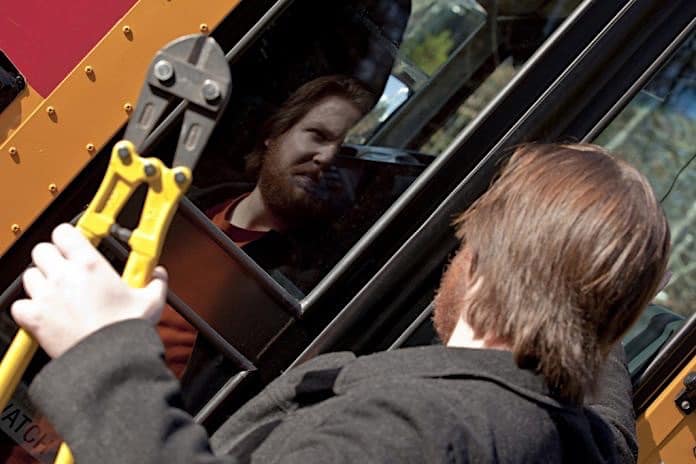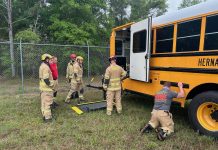This summer dozens of school districts are conducting active shooter drills with law enforcement in response to recent school shootings, yet a new study indicates that other, more prevalent risks on school grounds and buses result in more student fatalities per year.
In Safe Havens International’s “Report of Relative Risks of Death in U.S. K-12 Schools,” researcher Steve Satterly found that suicide on school property accounted for twice as many student deaths as active shooters since 1998. Satterly is director of transportation and school safety for an Indiana public school district and a state-certified school safety specialist with numerous law-enforcement training certifications, according to the organization’s website.
In his introduction, Satterly poses the question: Are active shooter incidents being addressed at the expense of the all-hazards approach? He noted this is a crucial question because preventable deaths may be occurring in K-12 schools and school buses if resource allocation does not match the actual safety risks.
Deaths in schools from active shooter incidents appear to be “a relatively small subset of school fatalities,” Satterly said. So, this study was “designed to help school and public safety officials utilize scarce time and resources to address all school safety risks.”
Summary of Fatal Incidents
From 1998 to 2012, there have been 22 active shooter incidents in K-12 schools, according to his research (see sources below), and 11 were fatal incidents involving the loss of 50 students and 12 staff. The average numbers of active shooter–related deaths per year and per incident are four and three, respectively.
From 1998 to 2008, an average of 11 people were killed in school transportation vehicles and 24 were killed as pedestrians. While 118 people died riding school transportation vehicles, 267 died after being struck by a school bus or other school vehicle or by a non-school vehicle while on district property.
“Based on the data from the NHTSA and NSSC, between 1998 and 2012 there were an estimated total of 525 killed by school transportation-related causes and 10 killed in school-related accidents,” the report states.
In addition, there were an estimated 489 school-related homicides and 129 school-related suicides from 1998 to 2012. Based on data from the NFDC and other media sources, no deaths were reported for school-related fires, while 22 were killed in tornado incidents. In all, an estimated total of 1,299 people were killed in schools and school-related incidents within 15 years.
Mike Dorn, the executive director of Safe Havens International Inc. who commissioned the report, has worked 12 active shooter cases and many traditional shootings. He said school and public safety officials often develop safety training based on media reports of active shooter incidents that later prove inaccurate.
“I know in every case I’ve been involved with there are usually significant facts that come out in the case file that are often never mentioned in a public forum. There is a lot of false information,” Dorn cautioned. “Thirty years of research prove that certain types of emergency (preparedness) training will reduce serious injury and death. If you focus intently on one type of catastrophic event, you’re not ready for anything.”
Hear more from school security training experts in the August issue of STN Magazine
Supporting Data
Satterly gathered data from two main sources to help determine fatalities in schools from active shooter incidents: the book Active Shooter Events and Response by J. Pete Bair et al. and the New York Police Department study Active Shooter: Recommendations and Analysis for Risk Mitigation (2012 edition). He also relied on an Internet search using Google and the key words “active shooter” and “schools,” as well as the National School Safety Center.
In addition to those listed above, he also used the following resources:
- National Center for Education Statistics (NCES) for school homicides and suicides
- National School Safety Center (NSSC) for school-related fatalities
- School transportation-related data from the National Highway and Transportation Safety Administration (NHTSA)
- School fire data from the National Fire Data Center (NFDC)
- Severe wind data from the National Weather Service (NWS)
















